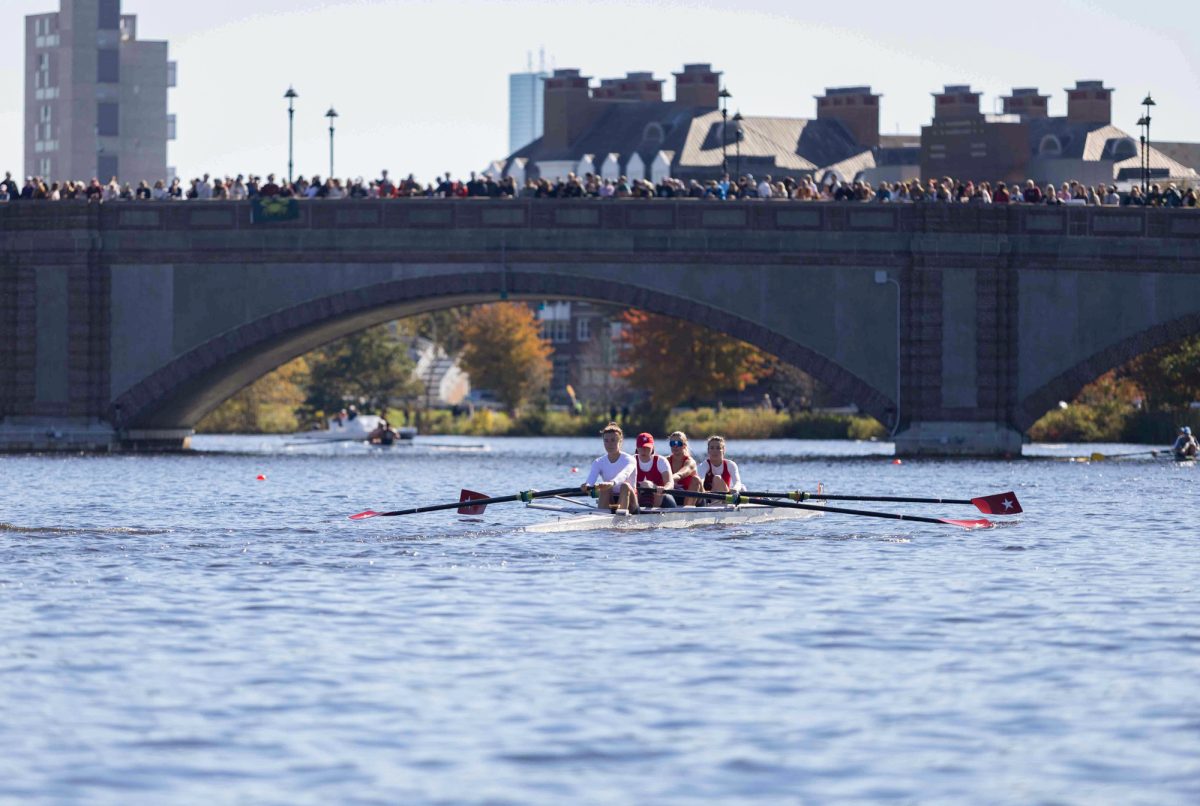The seizure of 24 American servicemen and women in China more than a week ago was just the latest incident testing U.S. military and foreign diplomats.
Earlier this year, a U.S. submarine carrying 16 civilians sunk a Japanese fishing vessel while demonstrating a surfacing maneuver. But will the incident change the way our military conducts its business in the future?
“No,” two local submarine officers answered emphatically. This, however, seemed to be the only thing about the two could agree on regarding the February naval crash.
“I don’t think it will affect the submarine community in our war-fighting mission,” said Navy Capt. Conrad Donahue, speaking of the sinking of the Ehime Maru by the submarine USS Greenville off the coast of Hawaii on Feb. 9. “It will, however, force us to review our policy about taking civilians out to sea.”
Lt. Brad Artery, a Navy ROTC instructor at Boston University and former officer aboard the nuclear submarine USS La Jolla, echoed Donahue: “All I think it is going to do is limit the operations subs can do while civilians are on board,” he said.
The Ehime Maru was struck by the 6,900 ton Los Angeles Class nuclear-powered attack submarine Greenville as it performed an emergency surfacing maneuver called an emergency blow. The exercise, meant to demonstrate the sub’s capabilities to 16 civilian guests, is routinely performed by every submarine in the U.S. Navy. It consists of blowing high-pressure air into the ship’s ballast tanks, forcing water out and causing the ship to rocket to the surface.
Before surfacing, a sub is required to rise to periscope depth and scan the surface both visually and acoustically for surface ships. A Navy investigation has determined that Cmdr. Scott Waddle, the Greenville’s captain, did not spend enough time checking for surface vessels.
“Submarines are meant for stealth, that’s why we have them,” said Donahue, who has commanded two submarines, USS Simon Bolivar, from 1989 to 1992, and USS Henry M. Jackson, from 1995 to 1997, during his 27-year Navy career. “What happens is that you get so used to operating in a stealthy manner, almost unconsciously, that you operate too stealthy when it is not applicable, such as just before surfacing.”
“When you’re out on patrol, you want to keep as little of the periscope out of the water as possible, to remain hidden from radar and aircraft,” said Donahue, a professor of naval science at BU. “But when you are executing an emergency blow off the coast of Hawaii, why not stick the periscope way out of the water? That way it is 15 to 20 feet over the waves and you can’t miss anything. Is there any reason to be stealthy?”
Both Donahue and Artery, who has been in the Navy for six years, have extensive experience bringing civilian guests aboard subs.
“It’s a super public relations thing for the Navy,” said Artery. “But why do an emergency blow with riders on board? It is a potentially dangerous evolution, and it was never even considered aboard my boat.”
Donahue disagreed: “I did it almost every time I had riders aboard,” he said. “It is an extremely safe evolution and it about the most exciting thing you can do on a submarine.”
In 1998, Artery’s sub, the USS La Jolla, struck a small Korean fishing trawler in the Sea of Japan. Artery said the incident aboard his ship had to do with a submarine’s poor ability to maneuver on the surface, while he blamed the Greenville incident was negligence by the captain.
“A sub is huge thing and most of it is below the water when you are traveling on the surface. It is poorly lit and is just not meant to maneuver on the surface,” he said. “In our case, a small fishing trawler darted across our bow at night and there really was nothing the Officer of the Deck could do.
“[The Greenville] did not take the proper precautions,” continued Artery. “This is an unprecedented incident. This is why such precautions exist.”
Navy regulations call for a sub to visually scan the surface for at least three minutes before surfacing. Waddle only scanned for 90 seconds. He also failed to personally check the sonar screen that would have revealed the Ehime Maru’s presence.
“[Waddle] did all of the things he was supposed to do,” Donahue said. “He just didn’t do them well. He apparently didn’t look at the sonar plot display himself, which was only about four feet away from him.”
Donahue cited a recent article in The New York Times, claiming the Fire Control Technician responsible for tracking surface contacts did not report the presence of the Ehime Maru to Waddle because of his complete confidence in the abilities of his captain.
“On this particular ship, and on a lot of ships in the Navy, the crew has so much trust in the skipper’s abilities that they don’t question him when they should,” said Donahue. “The FCT had a ship on the display but he saw the captain looking through the periscope. He probably assumed that if the skipper didn’t see it, it wasn’t there.”
“When I was a captain, I would ask a dumb question on purpose every once in a while,” said a grinning Donahue. “Just to let everyone know that I wasn’t infallible and that they needed to back me up.













































































































